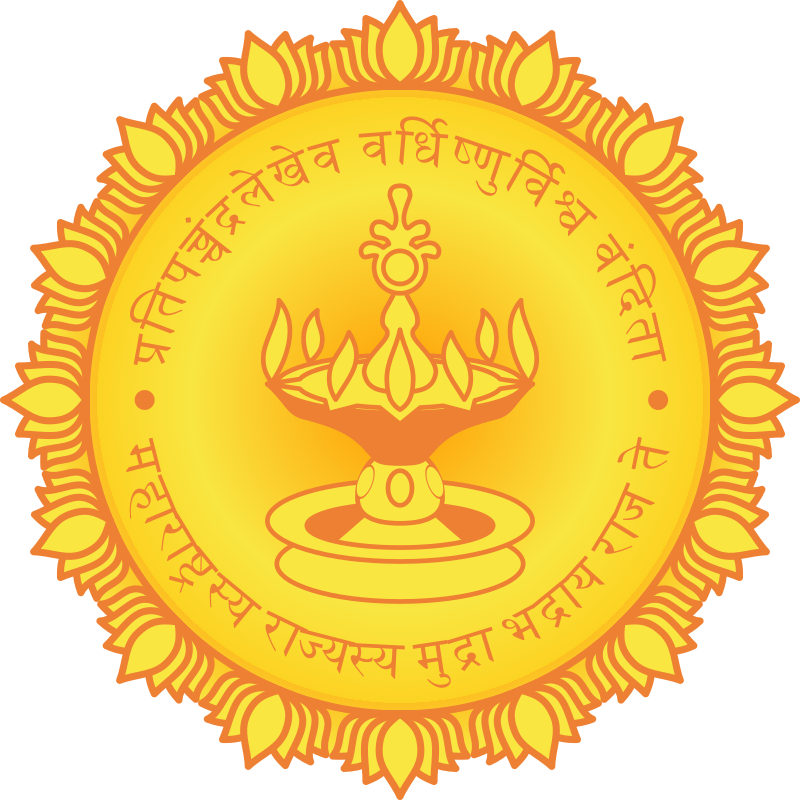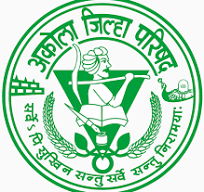Introduction
About Zilla Parishad
Local self-government institutions existed in India since very ancient times, i.e. during the Maurya, Gupta etc. eras, and villages were a major component of local administration. The Chola kings gave special encouragement to local self-government institutions. Manusmriti and Naradasmriti mention the institution of ‘Nyayapanchayat’, similar to the Gram Panchayat, which functioned at the village level, while the writings of Megasthenes, who came to India in the third century BC, describe the urban administration.
In the modern history of India, Lord Ripon, considering the efforts made by him for the establishment of local self-government institutions and the Local Self-Government Act of 1882, passed by him, is rightly called the ‘Father of Local Self-Government Institutions’.
In the post-independence period, the central government appointed a committee under the chairmanship of Balwant Rai Mehta in 1957 to determine the form and concept of the Panchayat Raj system. The Mehta Committee submitted its report in 1958. This committee emphasized on the decentralization of democracy and recommended a three-tier structure of local self-government institutions. This three-tier structure of rural local bodies is called ‘Panchayat Raj’.
Considering the report of Balwantrai Mehta Committee, a committee was formed in 1960 under the chairmanship of the then Revenue Minister of Maharashtra, Late Vasantrao Naik, to conduct a comprehensive study on how the Panchayat Raj system could be started in Maharashtra or how the Mehta Committee’s concept of democratic decentralization could be implemented in Maharashtra. This committee submitted its report in 1961. As per the recommendations of this committee, the Maharashtra Zilla Parishad and Panchayat Samiti Act, 1961 was passed and Panchayat Raj and the three-tier system of local self-government institutions were adopted from 1st May 1962. These three levels of local self-government institutions are as follows—
General Akola District
Akola district is in the eastern part of Maharashtra. The administrative centre of this district is Akola. Akola district comes under the administrative department of Vidarbha. On July 1, 1959, Akola district of Maharashtra was divided, creating two new districts – Akola and Washim. The talukas in Akola district are Akola, Balapur, Patur, Barshitakli, Murtijapur, Akot, and Telhara. The area of Akola district is 5,3 sq km and the population is approximately 5 million.
| Department | Information |
|---|---|
| Geographical Area of Akola District:- | 5,42,700 hectares |
| Total Taluks:- | 7 |
| Partly Tribal Panchayat Committees:- | 2 |
| Total Revenue Village No:- | 992 |
| Total Population (2011 Census):- | 18,18,617(2011) |
| Panchayat Samiti No:- | 7 |
| Gram Panchayat:- | 534 |
| No. of AWC (R):- | 1315 |
| Veterinary clinics:- | 69 |
| Grade 1:- | 29 |
| Grade 2:- | 40 |
| Primary Health Centre:- | 31 |
| sub-centre:- | 176 |
| Primary school:- | 901 |
| Secondary school:- | 11 |
| Geographical Location (Talukas) Partly Tribal Taluks:- | Patur, Akot |
| the weather:- | Dry and Hot |
| Precipitation:- | Average 700 to 750 mm. |
| Rivers and valleys:- | Katepurna, Morna, Khadakpurna, Uma River, Wan River, Vidurpura River, Purna River, Man River, Mahesh River, Bhikund River |
| to hold:- | Katepurna Dam, Wan, Dagadpania, Sulkali, Popatkhed Dam, Shahanoor Dam, Chondi Dam |
| Sightseeing places in the district | |
| A place of cool air:- | Shahanoor Dam |
| Tourist places:- | Narnala Fort, Rajeshwar Temple, Asadgadh Fort, Antri Malkapur |
| Temple/Shrine:- | Rajeshwar Temple, Kholeshwar Temple, Budrayani (Ch.) Temple, Mundgaon, Narsingh Maharaj, Akot, Akoli Jaha, Baladexi, Balapur, Patur Renuka Devi, Kurankhed Chandika Mata etc. |
| Popular on agriculture | Dr. Panjabrao Deshmukh Krushi Vidhyayith, Akola |
| Fort | Narnala Fort, Asadgadh Fort |
| energy core | Paras Nuclear Power Plant Ta. Balapur |
Groundwater
Akola district has various landscapes. Most of the valley of the river Purna is flat ground. The district has hills in the northern area, and in the south, there are hills of Ajanta. To the north of the district is Narnala fort. The natural structure of the district can be understood by the height variations.
Geographical Division
Near Village Hill Territory: The north of Telhara and Akot talukas of the district fall under this region.
Ajanta’s Mountainous and Plateau Region: In the southern part of the district, Ajanta’s hills dominate. This area consists mostly of plateaus, including parts of Patur and Barshitakli talukas.
Purna River Region: The central part of the district falls in this region, including Murtijapur, Akola, Balapur, and the southern parts of Akot and Telhara talukas. The northern part of Barshitakli taluka also belongs to this region.
Rivers
The main river in Akola district is Purna, which flows from east to west. The river Shahanur, Plateau, Sidupu, Ace, etc., join it from the north. The Uma, Katepurna, Morna, and Mind rivers flow from the south. The Katepurna River originates in Washim district and passes through Barshitakli, Murtijapur, and Akola talukas before joining the Purna River near Lai village.
Weather
Akola district is far from the sea, making the climate generally hot and dry. Summers are particularly harsh, with high temperatures during the day and significant drops at night. Balapur, Akola, and Murtijapur talukas receive less rainfall compared to other regions.
Natural Wealth
Akola district has forests in the Gavarigad and Ajanta regions, with trees like teak, ain, khair, and anjan. Various birds and animals also inhabit the forest areas. Patur taluka is known for its sandalwood production. The district also has the Katepurna Wildlife Sanctuary.
Water Supply
Wells and rivers are the primary sources of water in Akola district. Akot, Telhara, Patur, and Barshitakli talukas have a high number of wells. Important dams in the district include Wan Dam (Telhara), and Morna and Nirguna dams.
Crop Production
Kharif Crops: Cotton is the most important kharif crop, especially in Akola, Telhara, Murtijapur, Balapur, and Akot talukas. Akola district is also a leading producer of kharif sorghum in Maharashtra. Other kharif crops include mung, tur, rice, groundnut, urad, and soybean.
Rabi Crops: Wheat, gram, barley, and mustard are the main rabi crops. The district also produces horticultural crops such as oranges, chili, sugarcane, bananas, guavas, papayas, and watermelons.
Transportation
Akola district has well-developed road and railway networks. Shivani Airport serves Akola city.
National Highway: The Mumbai-Nagpur-Kolkata National Highway passes through Akola district, covering Balapur, Akola, Kurkhed, and Murtijapur.
Railway Route: Akola and Murtijapur are two major railway stations, connected to the Bhusawal section of the Central Railway.
Basic Functions of Zilla Parishad
- Providing essential services and facilities in rural areas.
- Establishing schools and libraries in rural areas.
- Setting up primary health centers and hospitals, along with implementing vaccination programs.
- Implementing development schemes for scheduled castes and tribes, including setting up ashrams and hostels for tribal students.
- Encouraging rural employment through small-scale industries.
- Constructing and maintaining bridges, roads, and other public infrastructure.
- Generating employment opportunities.
Various Subject Committees under Zilla Parishad Akola
- Standing Committee
- Water Management and Cleaning Committee
- Finance Committee
- Construction Committee
- Agriculture Committee
- Animal Husbandry Committee
- Education Committee
- Health Committee
- Women and Child Welfare Committee
- Social Welfare Committee



